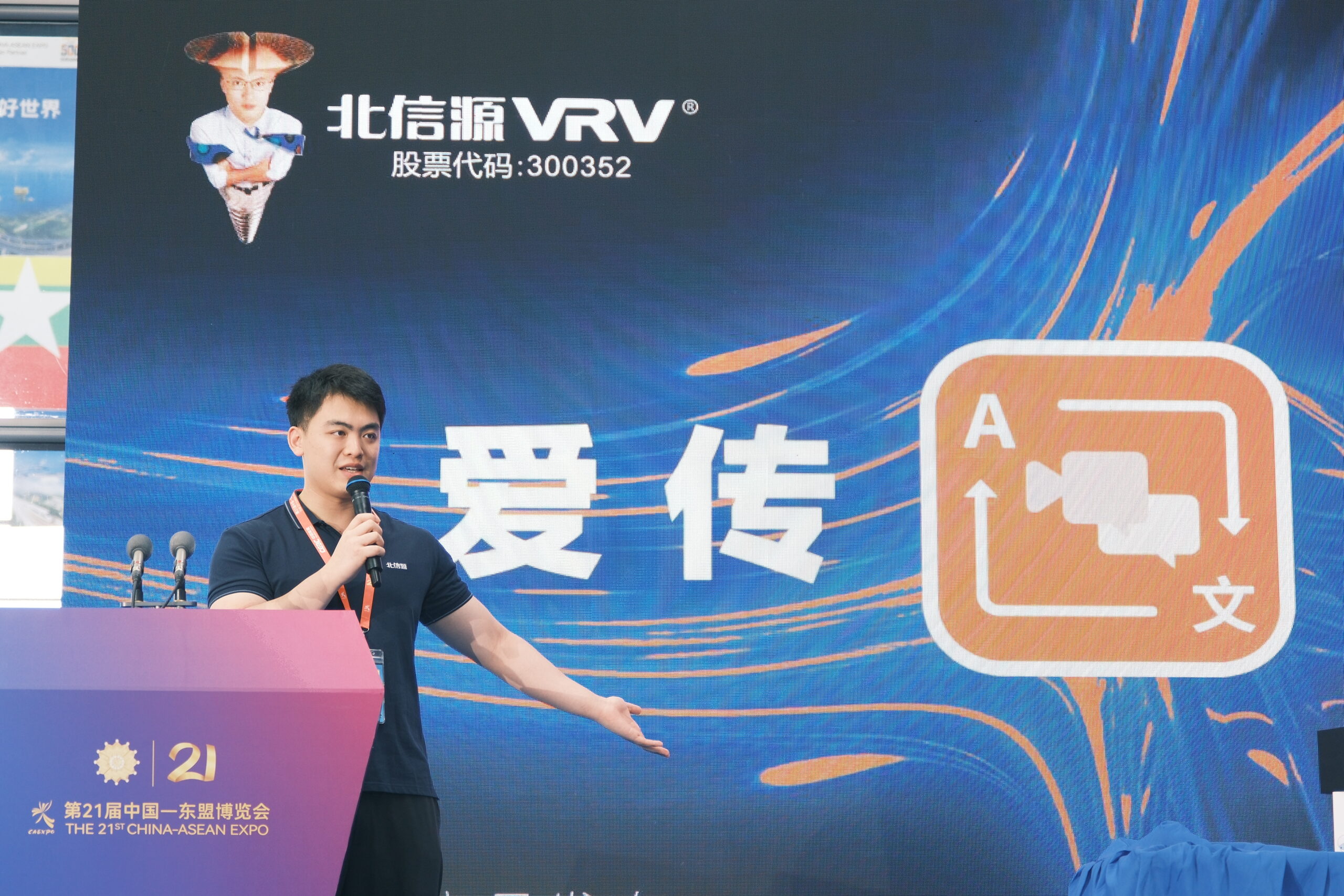Modern biology is awash in data. Single‑cell RNA sequencing (scRNA‑seq) alone generates millions of gene expression profiles, each capturing the transcriptomic fingerprint of an individual cell. Yet extracting coherent insights—cell types, developmental pathways, disease responses—remains a formidable challenge. A promising solution has emerged by harnessing the power of large language models (LLMs), originally trained on human text, and adapting them to “speak” biology. This article explores how researchers convert raw single‑cell data into intelligible “cell sentences,” fine‑tune LLMs at scale, and extend their applications well beyond the initial framework.

From Gene Counts to “Cell Sentences”
At the heart of this approach lies a simple but powerful transformation:
- Rank‑Ordering Genes: For each cell, genes are sorted by expression level.
- Generating Text Sequences: The top N genes become a space‑separated sentence—e.g., Copy
“TP53 CDKN1A MDM2 GADD45A …” - Preserving Biological Meaning: Lowly expressed genes are omitted, emphasizing the dominant transcriptional signals that define cell identity.
This “cell sentence” representation bridges the gap between numerical data and the textual domain where LLMs excel. It preserves relative expression patterns while enabling the direct use of existing language architectures.
Fine‑Tuning LLMs on Biological Text
Once single‑cell data are cast as text, the workflow mirrors natural language processing:
- Pretraining Backbone: A base model (e.g., GPT‑2 or LLaMA) retains broad contextual knowledge from massive text corpora.
- Domain Adaptation: The model undergoes further pretraining on biological literature—gene ontology definitions, pathway descriptions, and research abstracts—infusing it with biochemical terminology.
- Cell‑Sentence Fine‑Tuning: Finally, the model is trained on thousands to millions of cell sentences, teaching it to predict masked genes, generate plausible new profiles, or classify cell types.
By leveraging transfer learning, relatively modest fine‑tuning datasets yield significant performance gains. Natural language pretraining provides a rich foundation for modeling complex gene relationships.
Key Applications
1. Cell Type Annotation
- Prompt the model with a cell sentence; output the most likely cell type or marker genes.
- Achieves accuracy comparable to specialized classifiers.
2. Perturbation Response Prediction
- Simulate drug or genetic perturbations by modifying input gene lists.
- Generate predicted expression changes, guiding experimental design.

3. Novel Cell Generation
- Condition on a target cell type; ask the model to generate new “cell sentences.”
- Researchers can explore rare or hypothetical cell states in silico.
4. Trajectory and Lineage Inference
- Sequence cell sentences along pseudotime; use the model’s embeddings to map developmental paths.
- Enhances resolution of differentiation processes.
Innovations Beyond the Initial Framework
While early implementations focused on RNA‑seq alone, next‑gen systems are pushing the boundaries:
- Multi‑Omic Integration: Extend cell sentences to include ATAC‑seq peaks, protein abundance, or spatial coordinates, enabling richer, multimodal embeddings.
- Cross‑Species Generalization: Pretrain on multi‑organism gene nomenclatures; fine‑tune on human, mouse, and plant cells to unlock comparative biology insights.
- Knowledge Graph Embeddings: Fuse LLM outputs with structured networks of protein–protein interactions and pathways, improving interpretability and hypothesis generation.
- Interactive Tools: Build chat‑based interfaces (“ChatCell”) allowing biologists to query single‑cell atlases in natural language, democratizing data exploration.
Challenges and Considerations
- Interpretability: LLMs are often “black boxes.” Rigorous probing and attribution methods are essential to trust model predictions.
- Data Bias: Training on overrepresented cell types or disease states may skew outputs. Balanced, curated datasets are critical.
- Computational Resources: Fine‑tuning billion‑parameter models demands significant GPU/TPU infrastructure, potentially limiting accessibility.
- Validation Burden: In silico predictions require experimental confirmation—no shortcut around bench‑based validation.

Frequently Asked Questions
1. What is a “cell sentence”?
A concise text representation of a cell’s top expressed genes, ordered by descending expression.
2. Why use LLMs instead of traditional bioinformatics tools?
LLMs naturally model complex relationships and can generalize tasks like generation, classification, and prediction within a unified framework.
3. How much data is needed for fine‑tuning?
Typically 10,000–100,000 cell sentences yields strong results, but more data can improve rare‑cell sensitivity.
4. Can non‑programmers use these methods?
Emerging platforms offer GUI‑based tools and chat interfaces that require minimal coding.
5. How do you integrate spatial transcriptomics?
Append spatial coordinates or region labels to cell sentences, enabling the model to learn geography‑expression patterns.
6. Are there open‑source implementations?
Yes—frameworks like Cell2Sentence provide code and pretrained model checkpoints for community use.
7. How do you validate model predictions?
Use held‑out test data, spike‑in controls, and follow‑up experiments like flow cytometry or imaging.
8. What are the ethical considerations?
Ensure data privacy for patient‑derived cells and guard against overconfident, unvalidated clinical recommendations.
9. Can these models suggest new drug targets?
Potentially—by highlighting genes central to predicted perturbation responses, models can guide target discovery.
10. What’s the future of LLMs in biology?
Toward foundation models that seamlessly integrate text, sequence, and imaging data, providing an AI partner for every stage of biomedical research.
Sources Google Research


